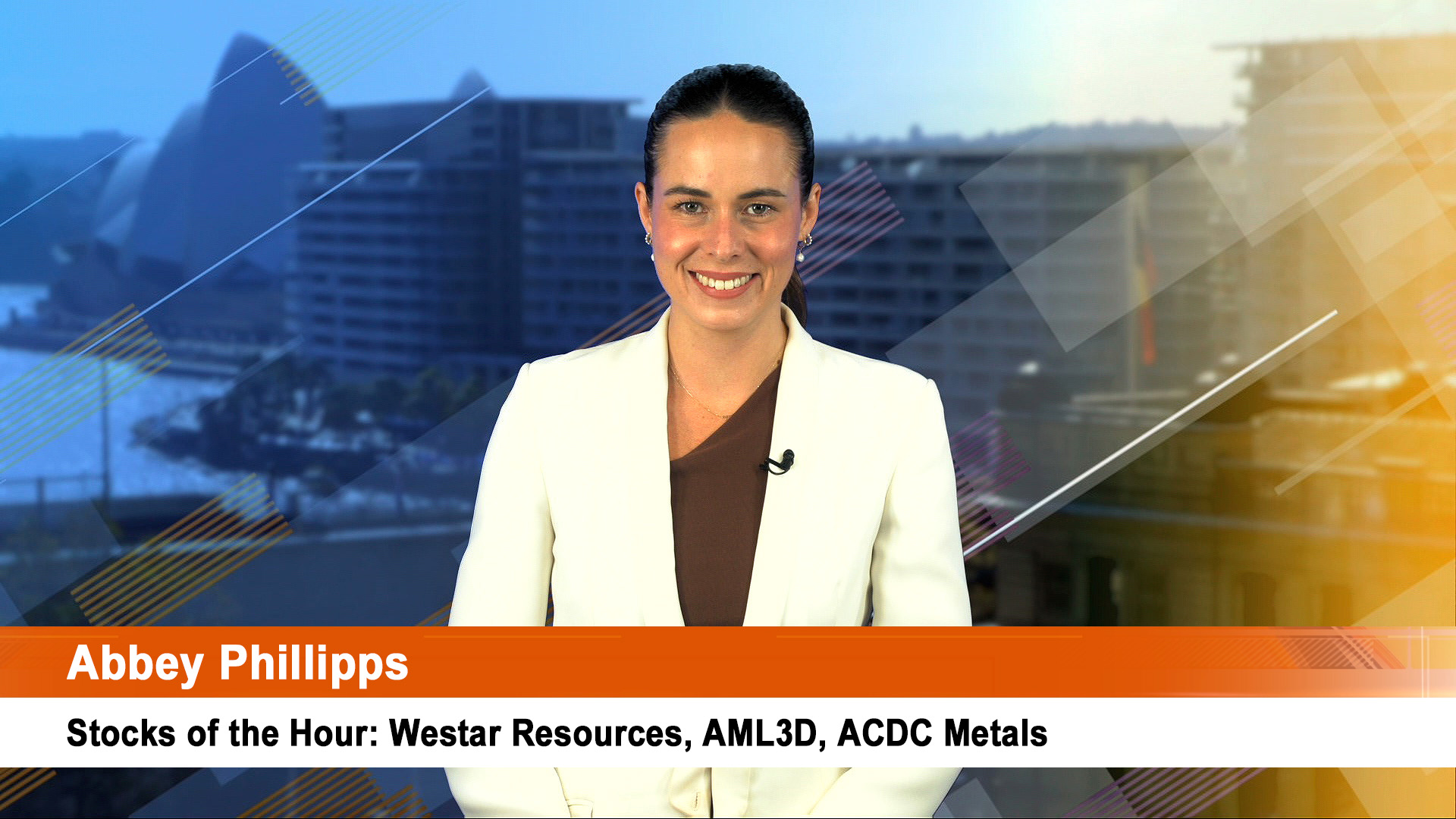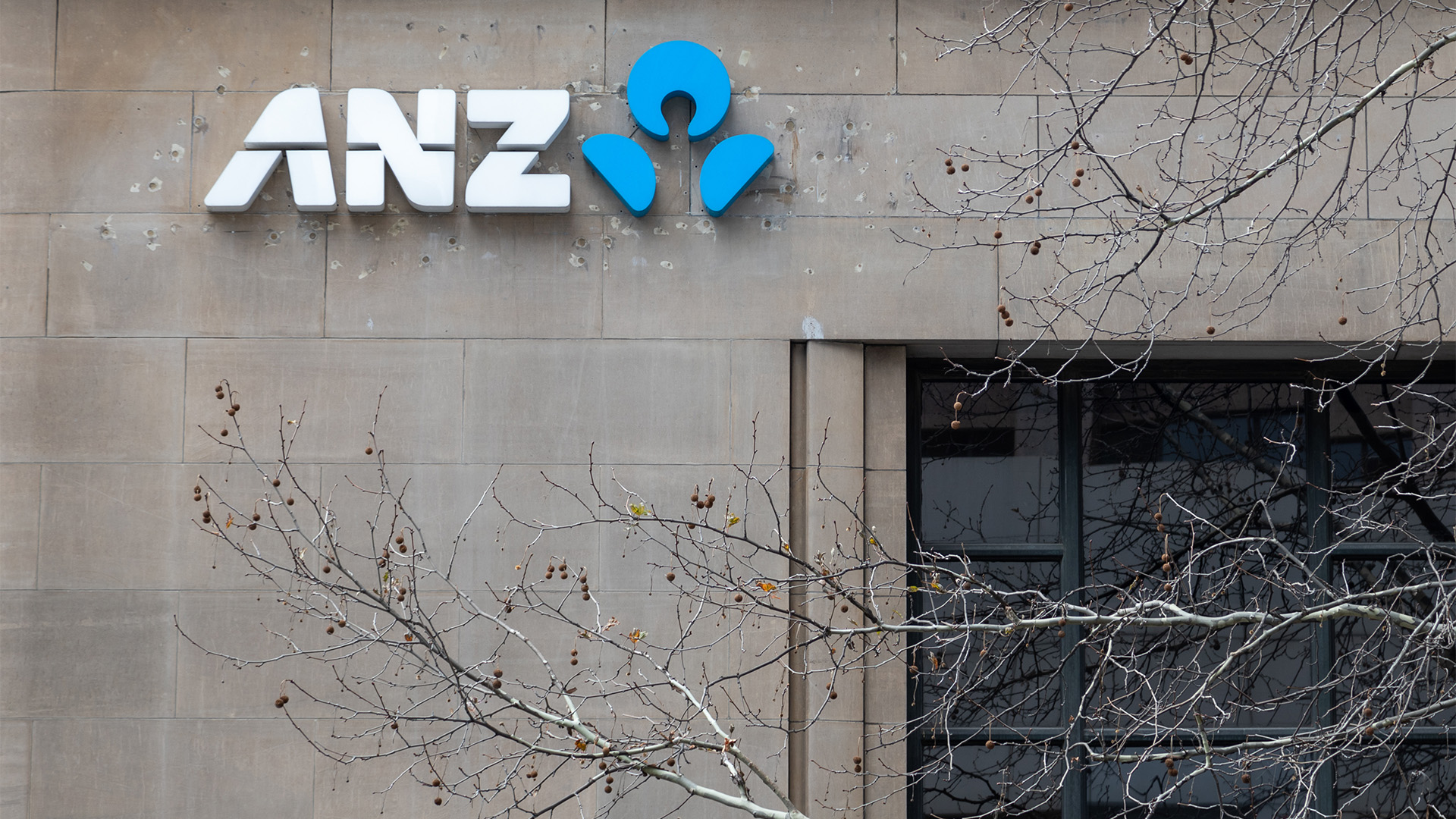Our market looks like hitting the ground with a big opening surge this morning after solid gains on Wall Street overnight Friday.
The share price futures contract finished with a 55 point gain for the ASX 200, which would more than wipe out last week’s small loss for the local market that was generated from Westpac, the NAB and ANZ going ex-dividend.
Wall Street ended the week with gains of more than 1% on Friday night which pushed the wider market into the black for the week.
The stronger than expected US jobs report, a fall in the value of the dollar and a belief the US Federal Reserve will start its tapering earlier than previously thought, were drivers for the big gains on the Dow and Standard & poor’s 500 index in particular.
And with the bullish tone back in equity markets, traders this week will be watching the US and the words of Fed leaders (See The Week Ahead).
The speech this week by Fed chairman, Ben Bernanke and then the appearance of his nominated successor, Janet Yellen, before the US Senate banking committee, will have an important bearing on market thinking about the Fed’s tapering.
But the sudden change in sentiment about the health of the US economy late last week, along with reasonable monthly economic data from China over the weekend and the 0.25% cut in official eurozone interest rates, will make for a more confident tone to trading this week, even though the uncertainty about the Fed will still be a factor.
But judging by the big gains on Wall Street, it won’t be the big negative we saw mid-year when the timing of the Fed’s slowing of its stimulatory spending was first raised.
That now seems be priced into equities at least after the gains on Friday.
So the combination of the stronger GDP and jobs report helped boost US shares by last week, especially on Friday when the day’s gains pushed markets into the black for the week.
Eurozone shares were flat, despite the rate cut, Japanese shares fell 0.8% and Australian shares slipped 0.2%.
The taper talk also saw pushed US dollar higher which undermined commodity prices and the Aussie currency, which ended down a cent over the week at 93.85 US cents.
The renewed round of RBA jawboning to try and push it lower and the weaker than expected Australian jobs report were also factors in the dollar’s weakness.
Bond yields rose sharply on the back of increasing talk of a December taper in the US, which intensified after the October jobs report revealed 204,000 jobs were created in October, considerably more than expected, with 60,000 extra jobs for August and September.
As a result the yield of the key 10 year US bond hit a three week high of 2.74%.
On Wall Street, the Dow was up 167.80 points, or 1.08%, at 15,761.78. The Standard & Poor’s 500 Index ended up 23.46 points, or 1.34%, at 1,770.61. And the Nasdaq Composite Index was up 61.90 points, or 1.6% at 3,919.23.
For the week the Dow ended up 0.9% and the S&P 500 was up 0.5% – enough to give US markets their fifth week of gains in a row. The Nasdaq ended down 0.1%.
Gold futures were the major casualty, falling below $US1,300 an ounce on Friday, and losing 2.2% on the week, after the stronger-than-expected October jobs report boosted expectations that the Fed could starting cutting its monthly bond buying from December.
Comex December gold dropped $US23.90, or 1.8%, to settle at $US1,284.60 an ounce in New York. That was the lowest settlement since October 16.
Comex silver for December delivery followed gold lower, losing 34 cents, or 1.6%, to $US21.32 an ounce on Friday.
For the week, silver futures lost 2.4%.
Comex copper for December delivery ended at $US3.25 a pound, up about half a cent on the day, but down 1.4% for the week.
Weak Chinese import data didn’t help copper.
Oil futures though ended higher, up 40c at $US94.60 a barrel. That was flat on a week earlier for West Texas Intermediate crude in New York.
In Europe, the Stoxx Europe 600 Index added 0.4% last week and is now up 15% so far in 2013.
Investors took heart from the cut in the European Central Bank’s key policy rate to 0.25%, and didn’t panic at the downgrading of France’s credit rating to AA (from AA minus) by Standard & Poor’s.
France remains on a negative outlook, so the chance is there for another cut in the rating in the next 18 months if the economy doesn’t improve.
The big worry though in Europe is deflation – it’s happening in Greece (which now has a minus 2.2% annual inflation rate) and is close to zero in Portugal, Spain and Italy.
Markets rose in 12 of the 18 western European economies this week.
Germany’s DAX added 0.8% and the Swiss Market Index rose 0.2%. The U.K.’s FTSE 100 lost 0.4%, while France’s CAC 40 dropped 0.3% in the wake of the news of the downgrading.
But the euro fell 0.4% to $US1.3362, having hit a session low of $US1.3316, still above a seven-week low of $US1.3295 struck on Thursday.
That weakness will please exporters.
The euro had been up 5% this year against the dollar – that has now halved and traders are talking about the currency falling to around $US1.27.
In Asia, the MSCI Asia Pacific Index dropped 0.4% on Friday to take the fall for the week to a rather hefty 1.1%. It was the third weekly loss in a row.
China’s trade surplus expanded more than forecast to $US31.1 billion last month from $US15.21 billion in September.
Exports grew 5.6% in October after falling 0.3% in September. Inflation was not a concern and industrial production and retail sales both rose.
However, while imports rose, purchases of oil, copper, iron ore and other major commodities fell noticeably.
Friday’s declines pushed many regional markets firmly into negative territory for the week.
The Kospi in South Korea lost a solid 2.7%, the Hang Seng Index lost 2.2%, and the Nikkei was down 0.8%. Chinese shares lost 2% as well.
The Aussie market lost 0.2%, thanks mostly to the big three banks – Westpac, the NAB and ANZ going ex-dividend.
The ASX 200 Index fell 0.2% to close the week at 5400.7 points. On Friday, the top 200 stocks lost 21.3 points, or 0.4%.
Westpac lost 1.3%, thanks to going ex-dividend on Friday, the ANZ fell 2.9% and the NAB 2.4% over the week for the same reason.
The Commonwealth Bank added 4.3% after its bullish first quarter update.
BHP Billiton rose 1.1%, Wesfarmers 1.3%, but Woolies lost 0.3%. Rio Tinto rose 1.7% and Fortescue, 6.1% ahead of its AGM this week.













